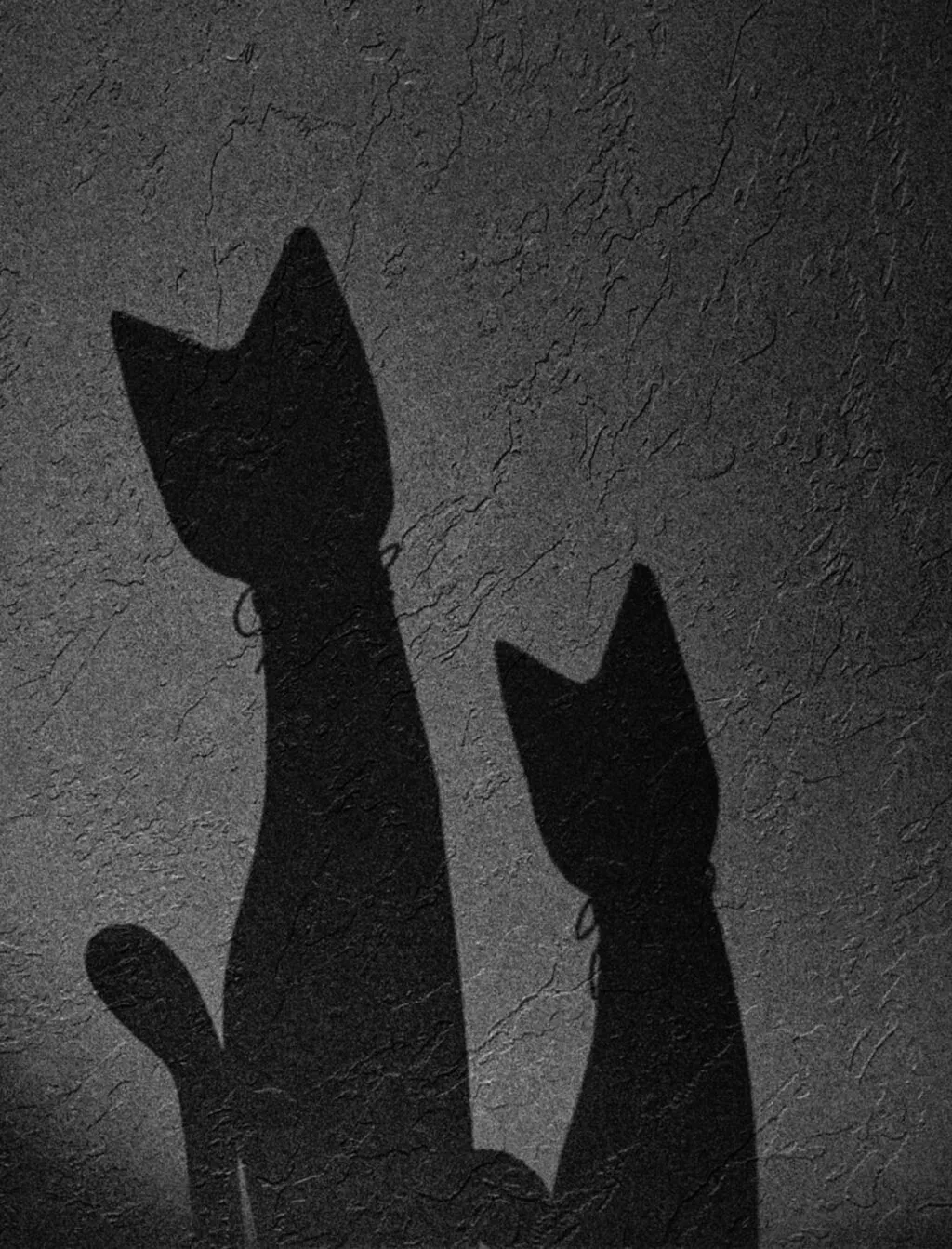Buying your second lens can be one of the most difficult decisions of your photographic journey. Your first weeks and months in photography will be spent learning everything you can about exposure, composition and your camera. In those months you will gain a huge amount of knowledge to the point where you realise that you may be becoming a little restricted by the lens that came with your camera.
That’s not to denigrate kit lenses, many of them are actually very fine optics, however, they will be based around a standard zoom range, have a restricting maximum aperture and a limited build quality. Time then to think about buying your first additional lens.
But which one? Today we are going to list some of the criteria you should investigate when buying your second camera lens.
When Buying Your Second Lens, Should You Choose Telephoto, Standard or Wide Angle?
A lot of newcomers to photography are instantly attracted by the idea of a telephoto lens. And for good reason, you can get in close on distant subjects such as wildlife. However, take some time to look at the pictures you have taken so far.
Are your best shots, wildlife or sports, perhaps your best shots are portraits? If so then a telephoto might be your best option. However, if your natural tendency is for urban and landscapes, then a wide angle may well suit you better.
You are looking for a lens that is going to compliment your style of photography and help you improve in that style.
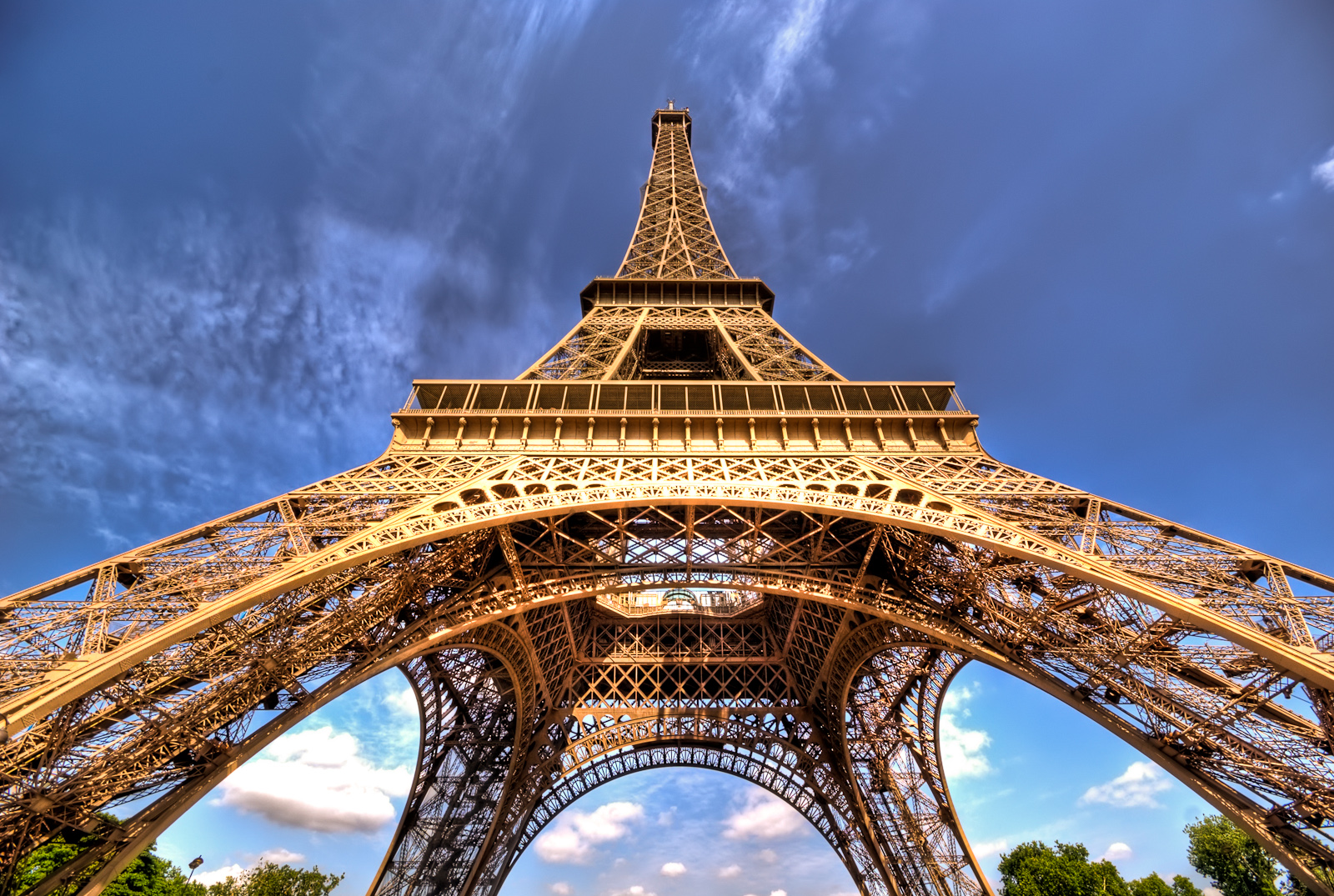
What About The Decision Between Prime or Zoom Lenses?
If you are struggling to decide between a prime lens or a zoom then you are not alone. Even experienced photographers struggle with this conundrum. Here are some pointers that might help:
Prime Lenses
- Lighter and often faster.
- Generally cheaper.
- Less flexibility
- Require three primes to cover the range of one zoom.
Zoom Lenses
- More flexible, only need to carry one lens
- Covers multiple focal lengths including ones not covered by primes.
- Bigger and heavier
- More expensive than an equivalent prime.
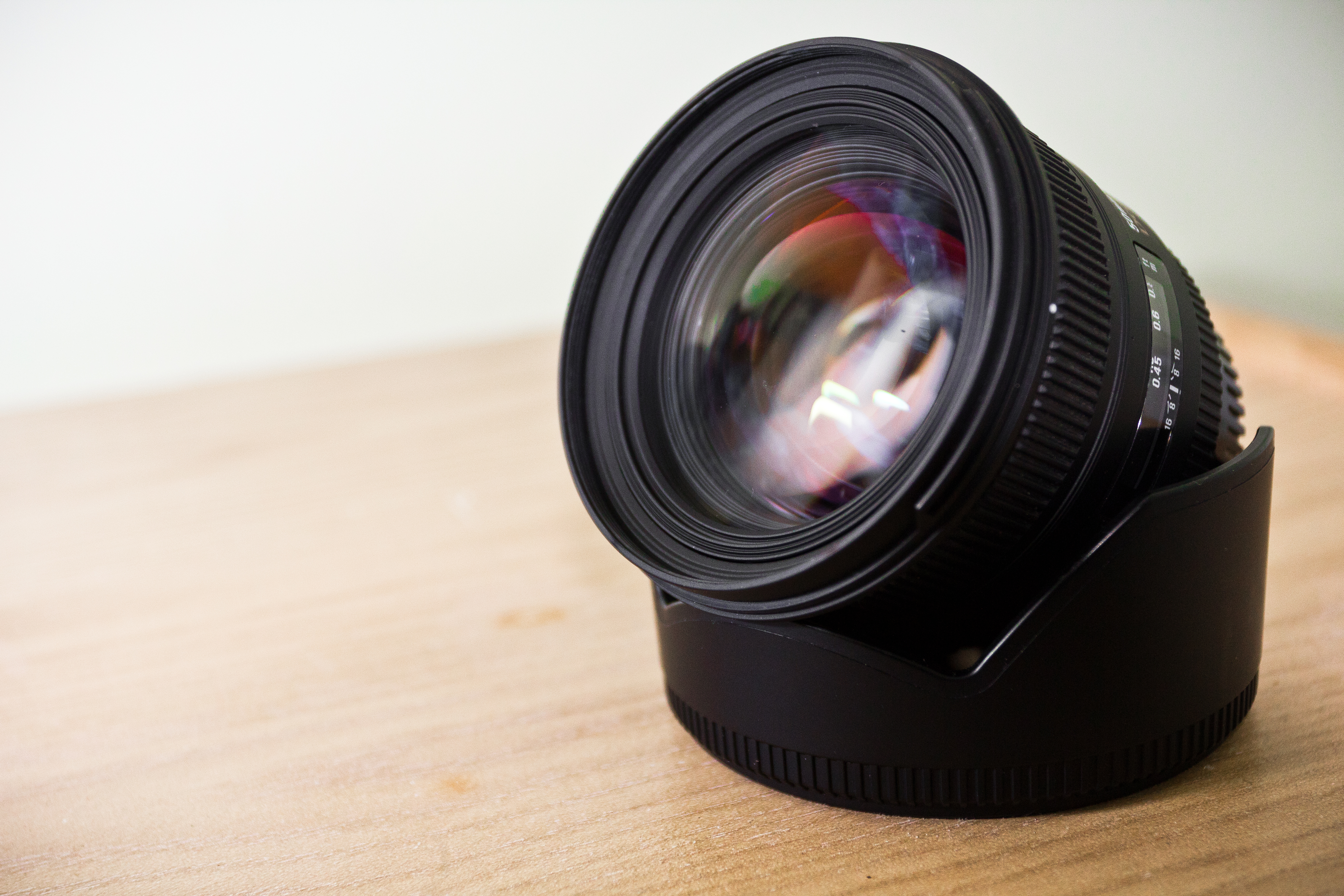
The prime v zoom debate is always a tricky one. Whilst a zoom has a lot more flexibility, a prime can force you to think more about composition and to move around looking for the best location to shoot from.
Should The Lens Be Fast, Slow, Stabilised?
A fast lens is one with a wide aperture, typically f2.8 or less. These have the advantage of allowing you to shoot handheld in much lower light than a slower lens. However, there are also lenses that have stabilisation built in and these can allow you to shoot in up to four stops of lower light whilst still handheld – perhaps an important option when buying your second lens.
The fast lenses, of course, have the advantage of a shallower depth of field, so if that's a style you enjoy, the wide aperture would be a good choice. If you only occasionally need to shoot in low light levels, a stabilised lens might be better.
Fast lenses are often very expensive but also have the very best image quality. Good lenses should last many years assuming that your camera company maintains backwards compatibility with them. For that reason, a fast lens should be seen as an investment for the future.
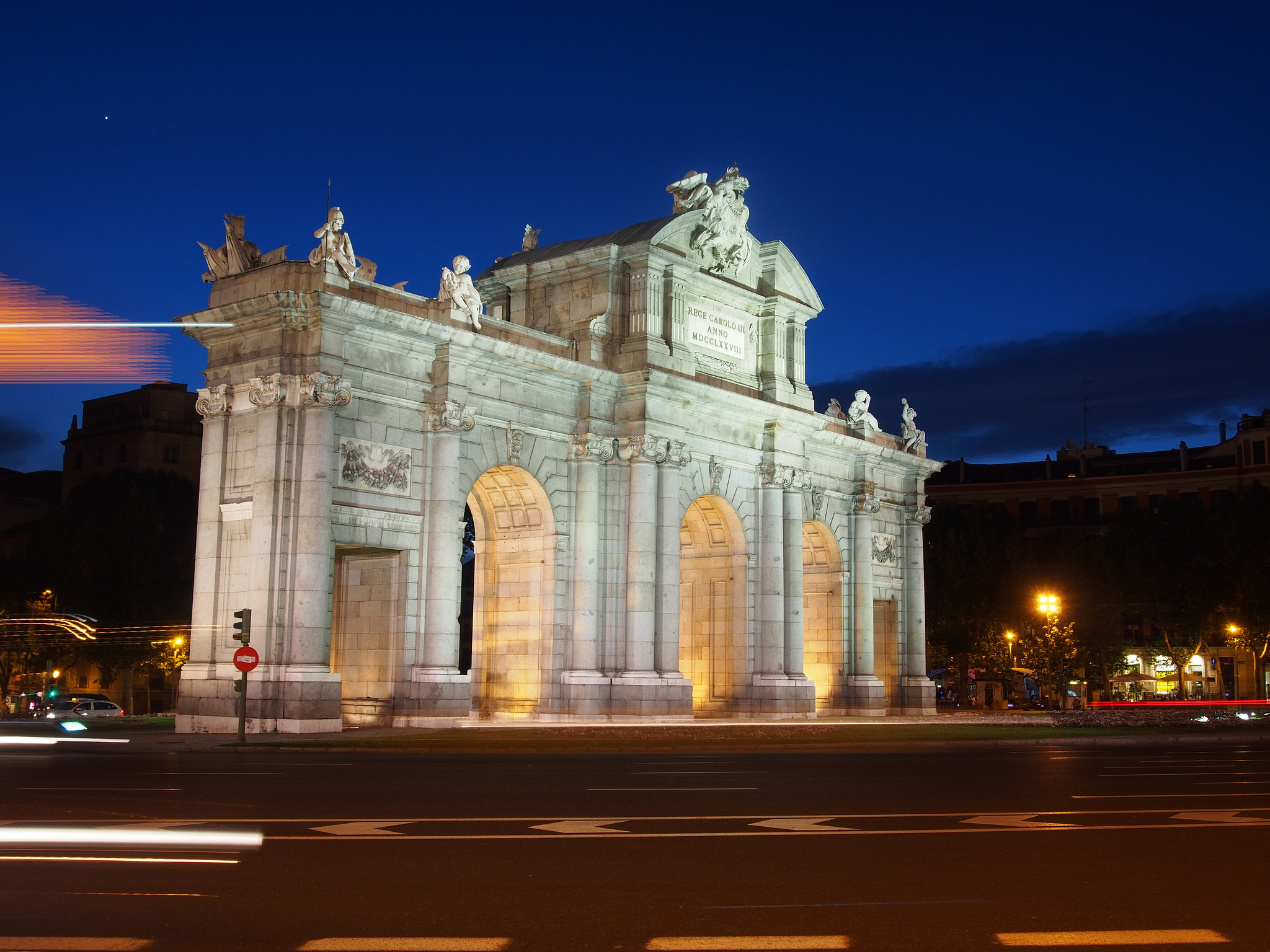
Should You Stick With Original Manufacturer Or Look At A Third Party Lens
The days of choosing an original manufacturer such as Nikon by default, are long gone when buying your second lens. There are many very good third party lens manufacturers that either compete directly with the OEMs or find niche markets that the OEMs do not cover.
Don’t feel that because you have a Nikon camera that you are obliged to buy a Nikon lens. The likes of Tamron, Sigma, Samyang and many more have some very good optics at very affordable prices.
Be aware though that some companies such as Samyang produce prime lenses that are manual focus only. Always check the specifications of a third party lens before buying.
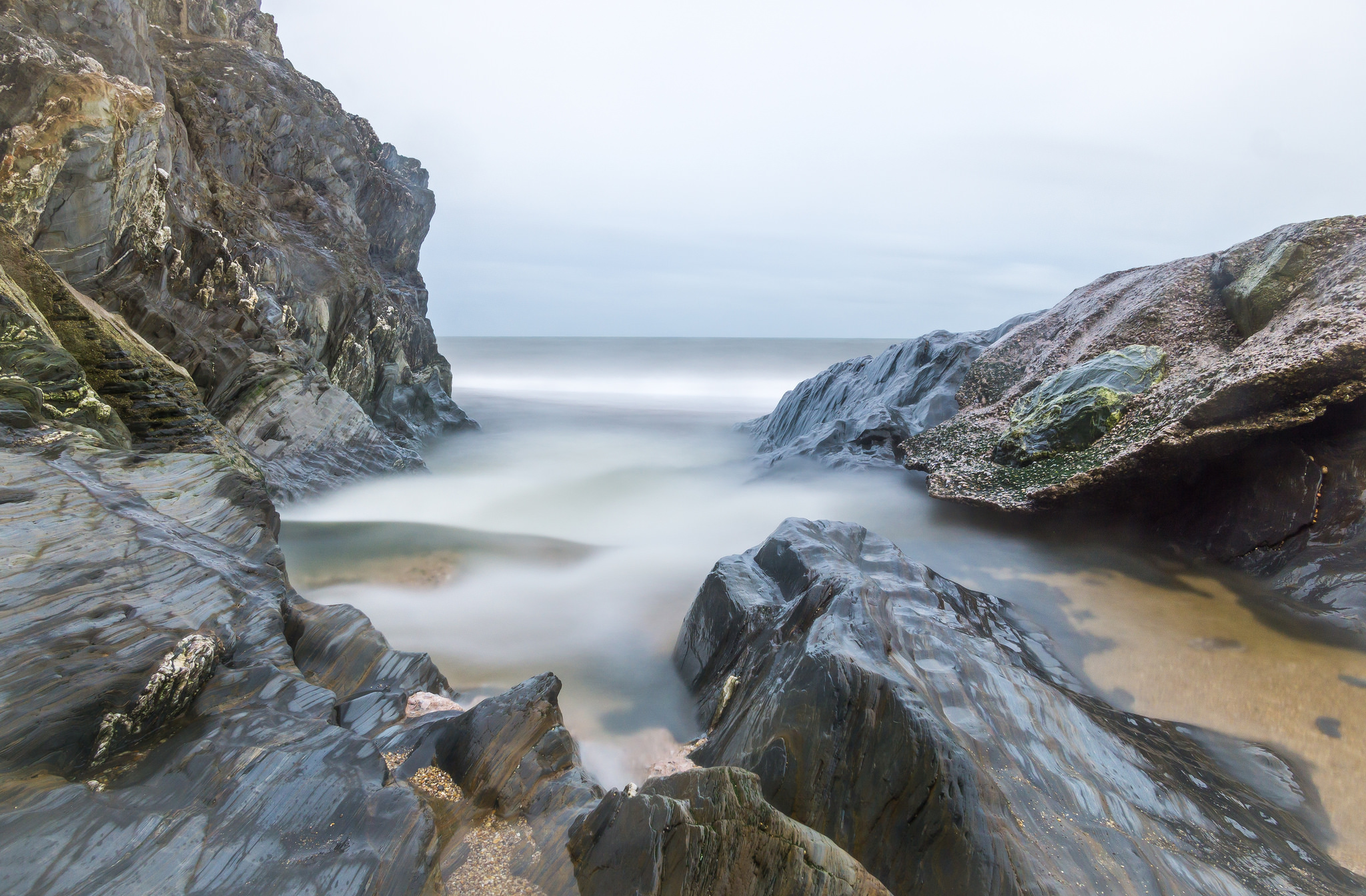
APS-C or Full Frame
If you have bought into a system that has both APS-C and Full Frame cameras you should also consider buying the Full Frame lenses even if you have an APS-C camera. This will help future proof any decisions you might make on upgrading to a Full Frame camera. The lenses will be more expensive but it will save you from having to sell on your APS-C lenses to fund new ones should you decide to upgrade to the bigger sensor.
New or Secondhand
Another common conundrum when buying your second lens is whether to buy new or used. The explosion of digital in the early 2000’s and the dramatic increase in the number of photographers has led to a very healthy market in secondhand lenses. You can get a previous generation, used lens for 40-60% of the value of the newer version.
Unlike camera technology, lens technology moves at a relatively glacial pace so there is not likely to be huge differences between older lenses and newer versions.
The above are some of the key decisions you need to look at when considering a second lens for your camera. We are fortunate to live in a time when we have a huge range of choice available to us.
By using this guide you can drastically narrow down the decisions you need to make to just a few lenses.



